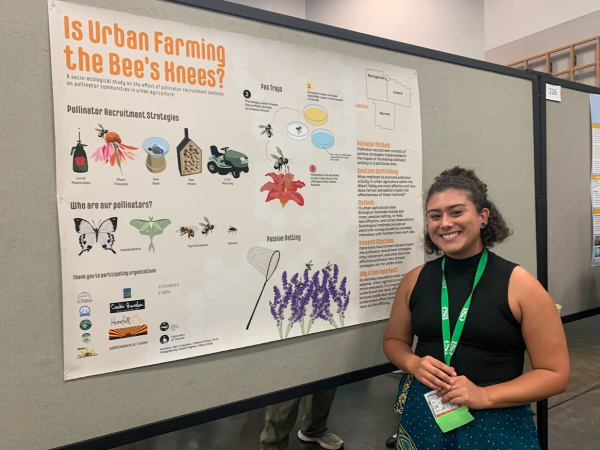In the field of education, the concept of positive partnership is gaining recognition as an effective way to maximize student strengths in research. By establishing a collaborative relationship between students, teachers, and researchers, positive partnership can create a supportive environment that fosters innovation, critical thinking, and academic success.
When students are actively involved in the research process, they not only develop a deeper understanding of the subject matter but also gain valuable skills in problem-solving, time management, and communication. By working closely with teachers and researchers, students have the opportunity to explore their interests, cultivate their talents, and expand their horizons beyond the classroom.
One of the key benefits of positive partnership is that it allows students to leverage their unique strengths and abilities. By tapping into their individual talents and interests, students can make meaningful contributions to the research project while also enhancing their own academic and personal development. This approach not only empowers students to take ownership of their learning but also encourages them to pursue their passions and explore new possibilities.
Furthermore, positive partnership can help students develop a growth mindset, which is essential for success in research and academia. By emphasizing the value of effort, perseverance, and resilience, students learn to approach challenges with optimism and a willingness to learn from their mistakes. This not only boosts their confidence but also instills in them a sense of agency and self-efficacy, which are essential qualities for academic and professional success.
In addition to benefiting students, positive partnership also strengthens the bond between teachers and researchers. By collaborating on research projects, educators can exchange ideas, share resources, and support each other in their professional growth. This collaborative approach not only enriches the research process but also promotes a culture of continuous learning and improvement among all stakeholders.
Ultimately, positive partnership is not just about maximizing student strengths in research; it is about creating a supportive and nurturing environment where students can thrive and reach their full potential. By embracing this approach, educators can empower students to become active participants in the research process, foster a culture of collaboration and innovation, and create a pathway to academic and personal success.



